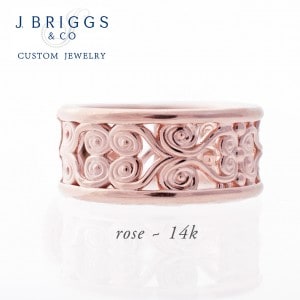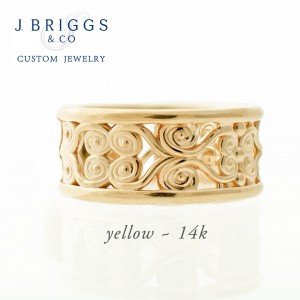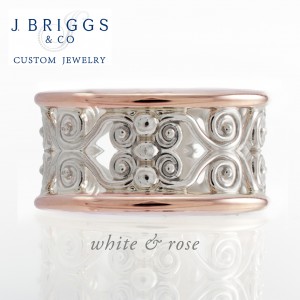Intro to Lab Grown Diamonds
J Briggs & Co offers Lab Grown Diamonds as an alternative to the traditional mined diamonds. Lab grown diamonds are 100% real diamonds that have every single characteristic to traditional diamonds and look identical to the human eye. They are grown by recreating the pressure and conditions that mined diamonds undergo beneath the earth’s crust and can be grown in almost any shape, color and size.
“In a survey among 1,000+ American consumers, aged 21-40 years, across all income ranges, nearly 70% of consumers said they would consider a lab grown diamond for the center stone in an engagement ring if they were shopping or shopping with someone for an engagement ring. That represents an increase of 13% in only one year when 57% said the same.” (Source)
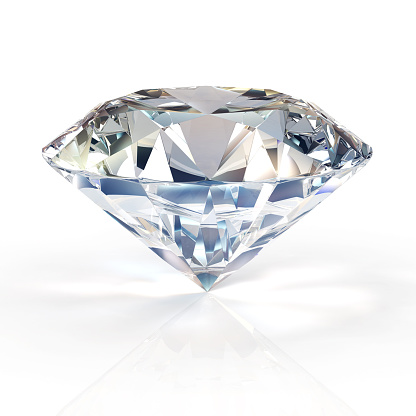
Common Questions
Following are a few of the most common questions our clients have when considering purchasing a lab-grown diamond:
Q- Can people tell that it is lab-grown just by looking at it?
A- As touched on above, the answer is no. Only specialized equipment can identify lab vs mined by detecting minor trace elements that are found in lab-grown diamonds. In addition, all large lab-grown diamonds are required by law to have a laser inscription on the girdle identifying it as a lab diamond. However, the inscription is not visible to the naked eye and magnification is required to see the inscription.
Q- Can lab-grown diamonds be certified?
A- Yes. They are certified by various laboratories just like mined diamonds. The Gemological Institute of America, highly trusted and most prominent certifier of mined diamonds, also certifies lab grown diamonds.
Q- Can my jewelry with lab-grown diamonds be insured?
A- Yes. Lab-grown diamonds are certified in the same manner as mined diamonds and can be insured according to the market value.
Q -Will a lab-grown diamond hold its value the same as mined diamonds?
A- This is unknown. Lab-grown diamonds have been around for a long time, but are just now becoming more popular. There is no way of knowing what this new market will do in the future. Most respond that they are not buying it to sell it later anyhow, rather they plan to have it forever!
What are Lab Grown Diamonds and their Environmental Impact?
Lab-grown diamonds have been gaining popularity in recent years as a more ethical and sustainable alternative to mined diamonds. Lab-grown diamonds are chemically, physically, and optically identical to mined diamonds, but they are created in a laboratory setting rather than mined from the earth. Lab-grown diamonds are created using two different methods: high-pressure, high-temperature (HPHT) and chemical vapor deposition (CVD). HPHT diamonds are created by replicating the conditions found in the earth’s mantle, where diamonds are formed naturally. CVD diamonds are created by using a plasma reactor to deposit a thin layer of carbon atoms onto a diamond seed. Lab-grown diamonds offer several advantages over mined diamonds. They are more affordable, as they are not subject to the same supply and demand fluctuations as mined diamonds. Many believe they are also more ethical, as they do not require the same environmental destruction or labor exploitation associated with mining. Additionally, lab-grown diamonds are more sustainable, as they do not require the same energy and resources as mined diamonds. Lab-grown diamonds are becoming increasingly popular for engagement rings and other jewelry. They offer the same beauty and quality as mined diamonds, but at a fraction of the cost. Buyers feel they are also a great way to show commitment to ethical and sustainable practices. Whether you’re looking for an engagement ring or just a special piece of jewelry, lab-grown diamonds are an excellent choice. They offer the same beauty and quality as mined diamonds, but with the added benefits of affordability, ethics, and sustainability.
Thanks for reading,
Jennifer Briggs Jenkins
Graduate Gemologist ~ Gemological Institute of America
J Briggs & Co.
To learn more about Lab Grown diamonds take a look at the GIA’s (Gemological Institute of Americas) article here.
https://4cs.gia.edu/en-us/laboratory-grown-diamond/








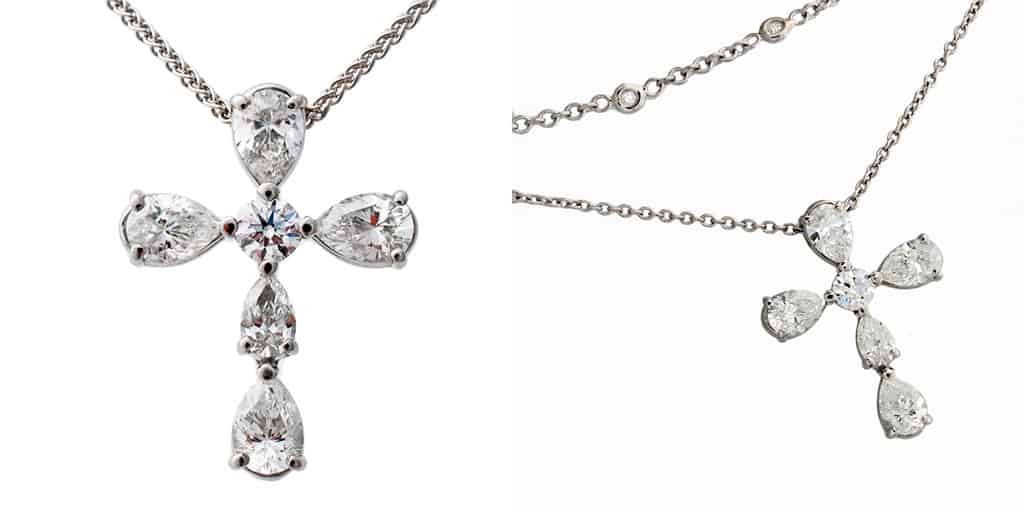 Take a look:
Take a look: 
 Take a look:
Take a look: 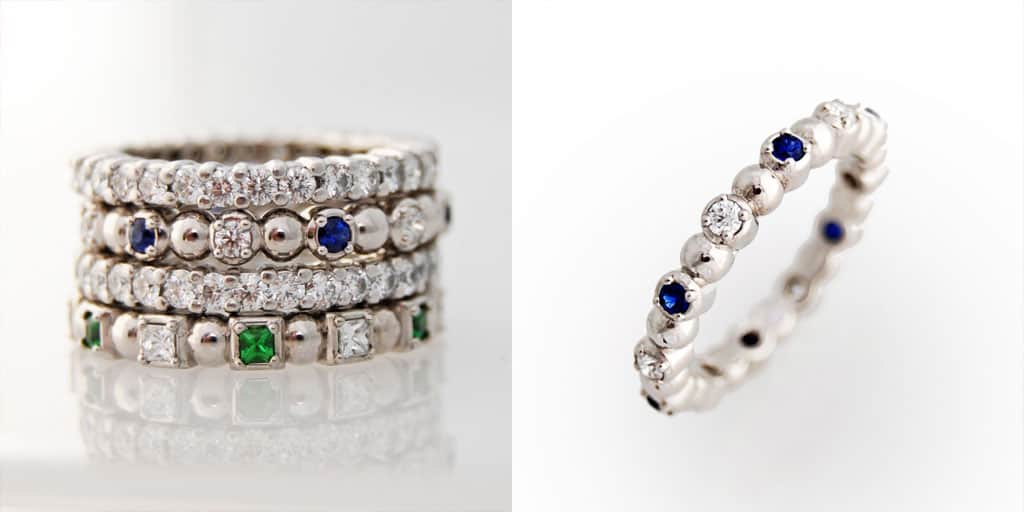 Take a look:
Take a look:  Take a look:
Take a look:  Take a look:
Take a look: 

